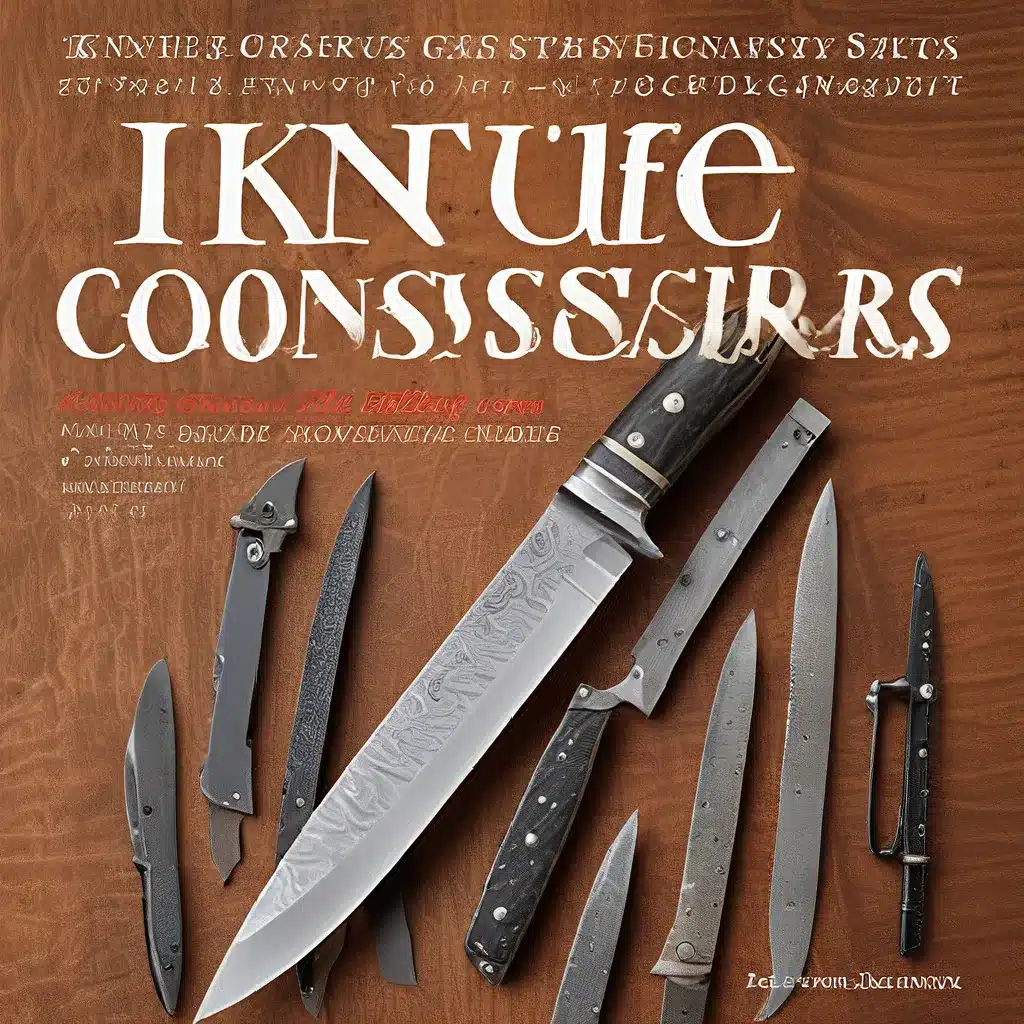
As a passionate knife enthusiast, I’ve spent countless hours exploring the intricate world of blade maintenance and longevity. From the gleaming edges of high-carbon steel to the subtle nuances of blade geometry, the secrets to keeping your knives in peak condition are both fascinating and empowering.
Mastering the Art of Sharpening
One of the most crucial aspects of knife care is sharpening. It’s a delicate dance, a symphony of angles and pressure that can transform a dull, lifeless blade into a razor-sharp masterpiece. But beware, my friends, for the path to sharpening nirvana is strewn with pitfalls and missteps.
I remember the first time I tried to sharpen my trusty chef’s knife. I approached it with the reckless enthusiasm of a bull in a china shop, pressing down with all my might and creating a jagged, uneven edge that left me in despair. It wasn’t until I slowed down, focused on the angles, and developed a gentle, consistent stroke that I finally unlocked the secrets of the whetstone.
Now, I sharpen my blades with the reverence of a Zen master, carefully guiding the knife along the stone at the perfect 20-degree angle, feeling the satisfying bite of the edge as it cuts through the water. It’s a meditative practice that not only keeps my knives in top shape but also connects me to the history and craft of this ancient art.
The Science of Steel Selection
Ah, but the sharpening journey is only part of the equation. The very material of your knife plays a crucial role in its longevity and performance. High-carbon steel, with its increased hardness and superior edge retention, is the darling of knife enthusiasts worldwide. But beware, my friends, for this steel also comes with its own set of challenges.
Stainless steel, on the other hand, may not hold an edge as long, but it’s more resistant to corrosion and easier to maintain. It’s the workhorse of the knife world, the reliable companion that can withstand the rigors of daily use without requiring constant babying.
As I’ve delved deeper into the metallurgical nuances of knife blades, I’ve come to appreciate the delicate balance between hardness, edge retention, and corrosion resistance. It’s a dance that requires careful consideration and ongoing research, as new materials and alloys are constantly emerging, each with their own unique characteristics.
The Importance of Proper Maintenance
But wait, there’s more! Even the most exquisitely crafted knife is but a dormant tool without the proper maintenance. Cleaning, oiling, and storing your blades with care are the unsung heroes of blade longevity.
I’ll never forget the time I carelessly tossed my beloved cleaver into the dishwasher, only to discover it covered in unsightly rust the next day. That was a hard lesson in the importance of hand-washing and carefully drying my knives after each use.
And don’t even get me started on storage. Knife blocks and magnetic strips are all well and good, but proper sheathing is the true secret to preserving your blades. I’ve seen too many chipped edges and dulled tips from careless drawer storage.
Embracing the Journey
As I reflect on my journey as a knife connoisseur, I’m struck by the endless possibilities and ever-evolving nature of this pursuit. Just when I think I’ve mastered the art of blade care, a new technique or material emerges, challenging me to expand my knowledge and refine my skills.
And that, my friends, is the true beauty of it all. The search for perfection is a never-ending odyssey, a constant exploration of the nuances and intricacies that make each knife a unique work of art.
So, whether you’re a seasoned kitchen warrior or a budding enthusiast, I encourage you to embrace the journey, to delve into the secrets of blade longevity, and to revel in the satisfaction of a well-maintained, razor-sharp knife**. The rewards, I can assure you, are well worth the effort.


